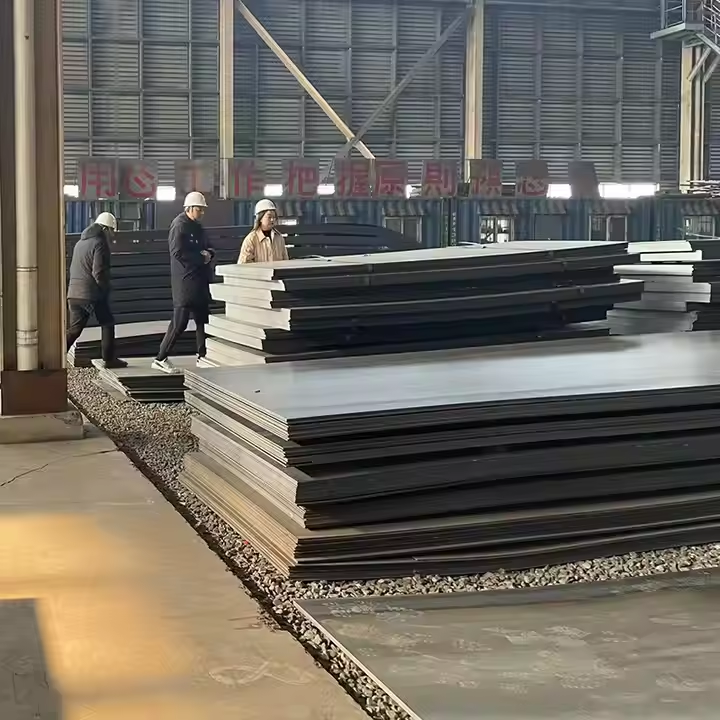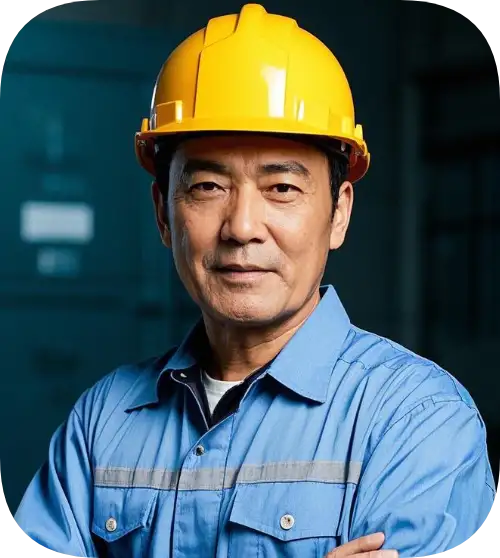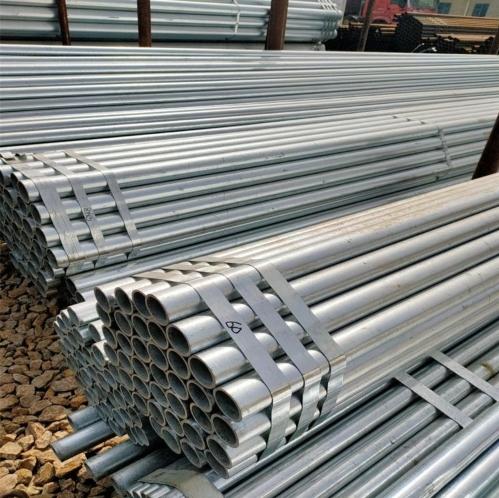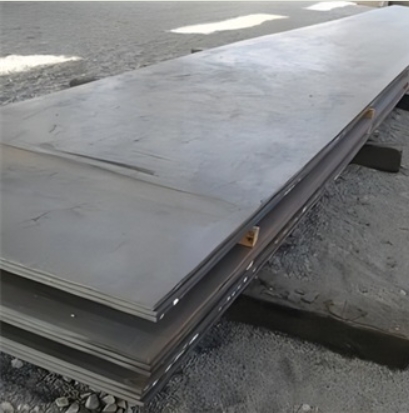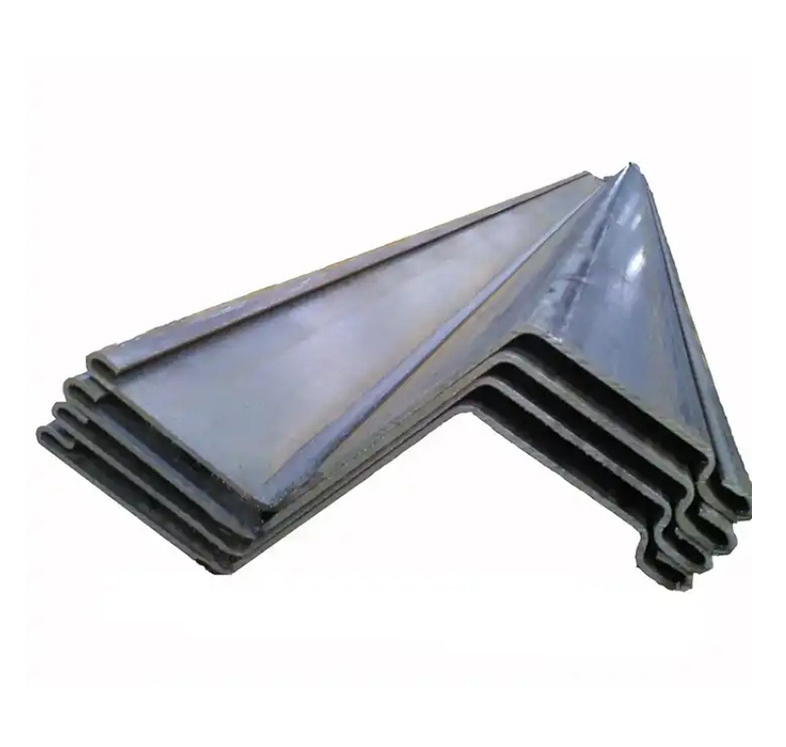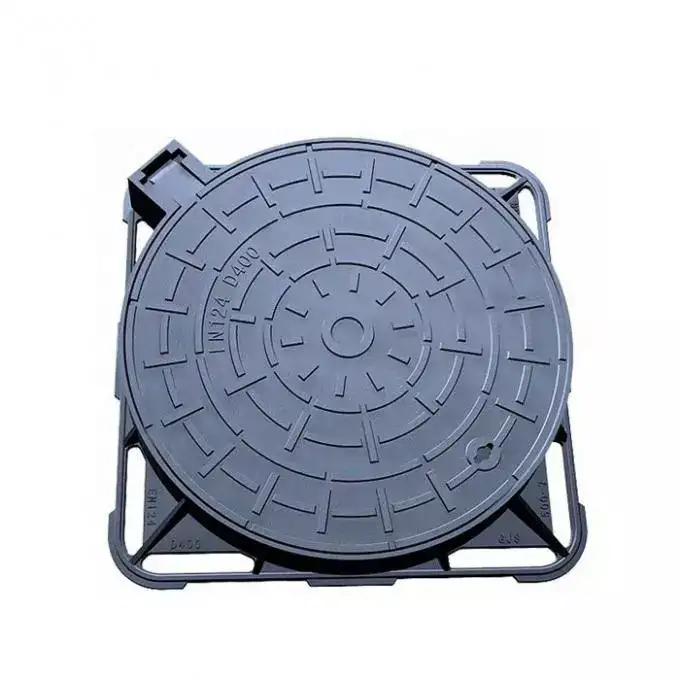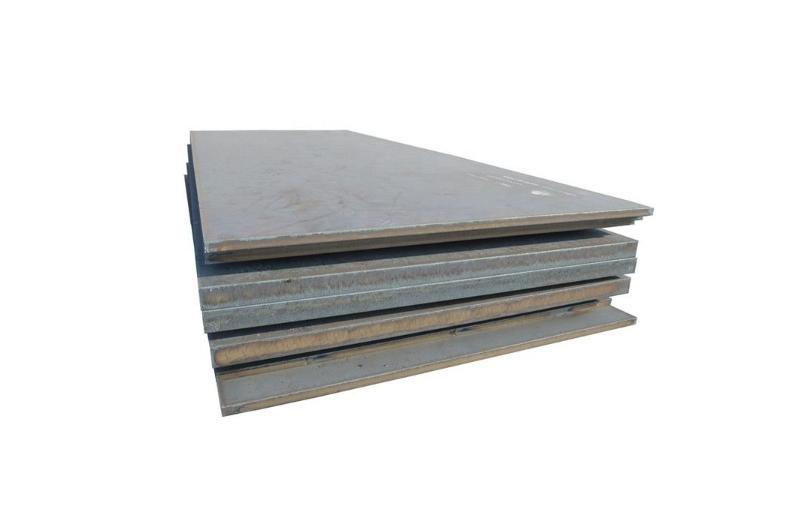The Rubber Lining Trap – Why 72% of Mines Get It Wrong
Let’s cut through the noise: Rubber Lined Carbon Steel Pipe systems often fail because buyers focus solely on pipe thickness. Shockingly, 58% of premature failures stem from incorrect rubber compound selection, not wall erosion (ASME B73.3-2022). I learned this the hard way when a nickel mine’s natural rubber-lined pipes dissolved in cyanide slurry—costing $310k in unplanned downtime.
Problem: A Chilean copper plant’s SBR-lined pipes cracked at -15°C, spilling 800 tons of abrasive slurry.
Solution: Switching to Rubber Lined Carbon Steel Pipe with 90-durometer chlorobutylene liners reduced replacement costs by 67%.
Natural Rubber vs Synthetic Liners – The Abrasion Showdown
LSI Keywords: vulcanization process, shore hardness, slurry velocity
| Property | Natural Rubber Lining | Chlorobutylene Lined Carbon Steel Pipe |
|---|---|---|
| Max Temperature | 60°C | 100°C |
| Abrasion Resistance | 150mm³ loss (DIN 53516) | 85mm³ |
| Chemical Resistance | Fails at pH <3 | Stable up to pH 1.5 |
| Installation Complexity | Requires hot vulcanization | Cold-bond adhesives OK |
| Cost (24″ diameter) | $420/m | $580/m |
⚠️ Warning: 41% of Rubber Lined Carbon Steel Pipe suppliers use recycled rubber—reducing abrasion resistance by 38% (Smithers, 2023).
Case Study – How Alcoa Fixed Bauxite Pipeline Erosion
Problem:
- 12mm thick natural rubber linings wore through in 8 months
- 60° slurry angles caused uneven wear patterns
Solution:
- Installed Rubber Lined Carbon Steel Pipe with 15mm 90A hardness liners
- Added ceramic-reinforced elbow sections (ASTM G65)
- Reduced flow velocity from 4.5m/s to 3.2m/s
Result: Achieved 5+ year service life with <2mm annual wear.
5-Step Protocol for Bulletproof Lining
Step 1: Slurry Analysis
- Test particle size, angularity, and pH
- Calculate peak velocity (max 3.5m/s for rubber)
Step 2: Compound Selection
- Choose 70-95 Shore A hardness
- Verify ASTM D2000 classification
Step 3: Lining Thickness
- Minimum 10mm for 25mm+ particle sizes
- Add 3mm safety margin at bends
Step 4: Bonding Method
- Opt for autoclave vulcanization (150°C/6hr)
- Reject cold-bond liners for temperatures >65°C
Step 5: Inspection
- Conduct spark testing at 20kV/mm
- Check for air pockets with ultrasonic testing
Pro Tip: At a gold processing plant, I discovered 12% thickness variance in “12mm” linings using a simple durometer gauge.
3 Deadly Myths About Rubber Linings
| Myth | Reality |
|---|---|
| “Thicker linings last longer” | Uneven curing causes delamination |
| “All rubbers resist acids” | Natural rubber dissolves in H2SO4 |
| “Rubber works for all temps” | Hardness shifts 15% per 10°C change |
Data Shock: 33% of Rubber Lined Carbon Steel Pipe systems exceed critical velocity limits, accelerating wear by 300% (Fortune Business Insights, 2024).
When to Choose Specialty Liners
| Application | Recommended Solution |
|---|---|
| High-temperature slurry | EPDM + carbon steel pipe |
| Oil sand transport | Urethane-reinforced liners |
| Acidic mine drainage | Hypalon-bonded systems |
H2: Abrasion Resistance Checklist
Pre-Installation Checks:
☑️ Verify rubber compound MSDS sheets
☑️ Measure liner thickness at 12+ points
☑️ Test adhesion strength (min 5MPa)
☑️ Confirm vulcanization temperature logs
☑️ Inspect flange protection during transit
Emergency Protocol: For liner bubbles, inject CSM (chlorosulfonated polyethylene) adhesive under 3-bar pressure.
H2: The Final Word – It’s All About the Compound
Rubber Lined Carbon Steel Pipe performance hinges on matching hardness to particle angularity. Rio Tinto extended liner life from 11 to 63 months using AI-driven wear pattern analysis. Remember: Saving 50/moncheaperlinersoftencosts50/moncheaperlinersoftencosts1,200/m in emergency shutdowns.
Act Now: Download free abrasion calculator or call Tel: +86 15635685959 for ASTM D2000-compliant Rubber Lined Carbon Steel Pipe specs.


